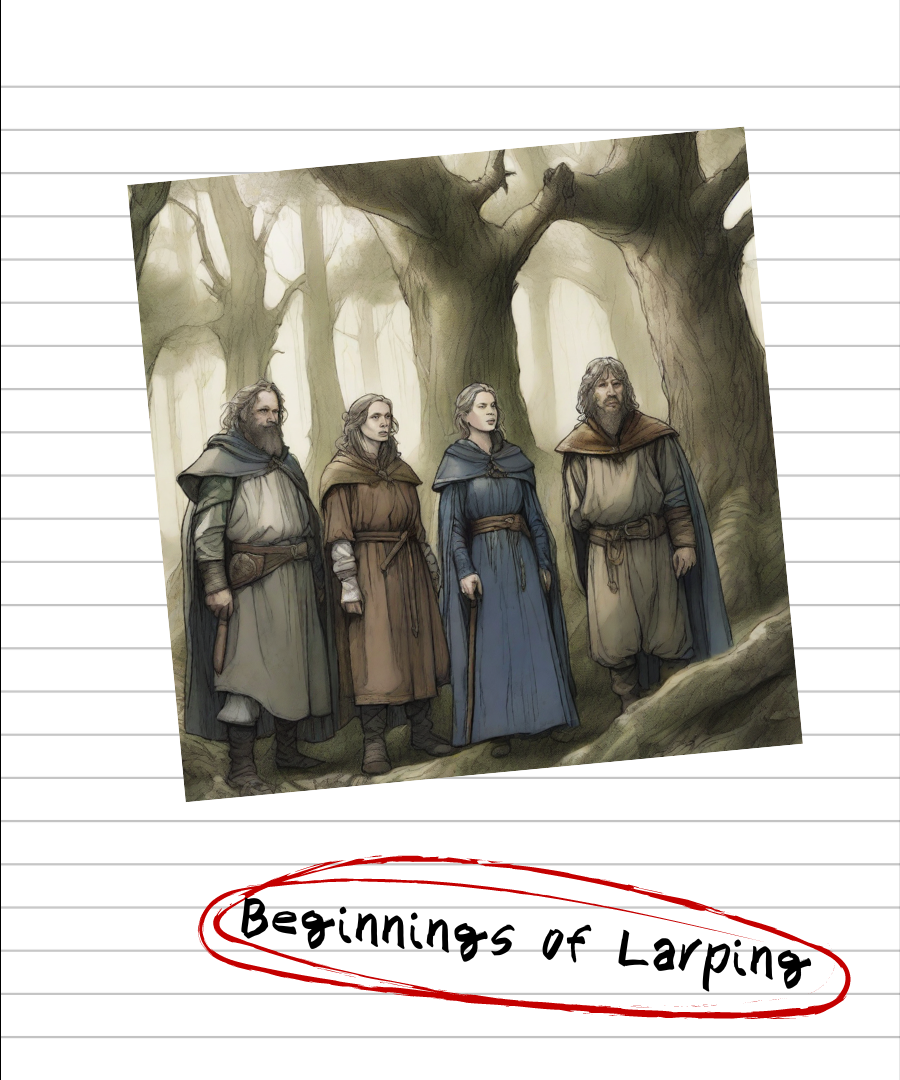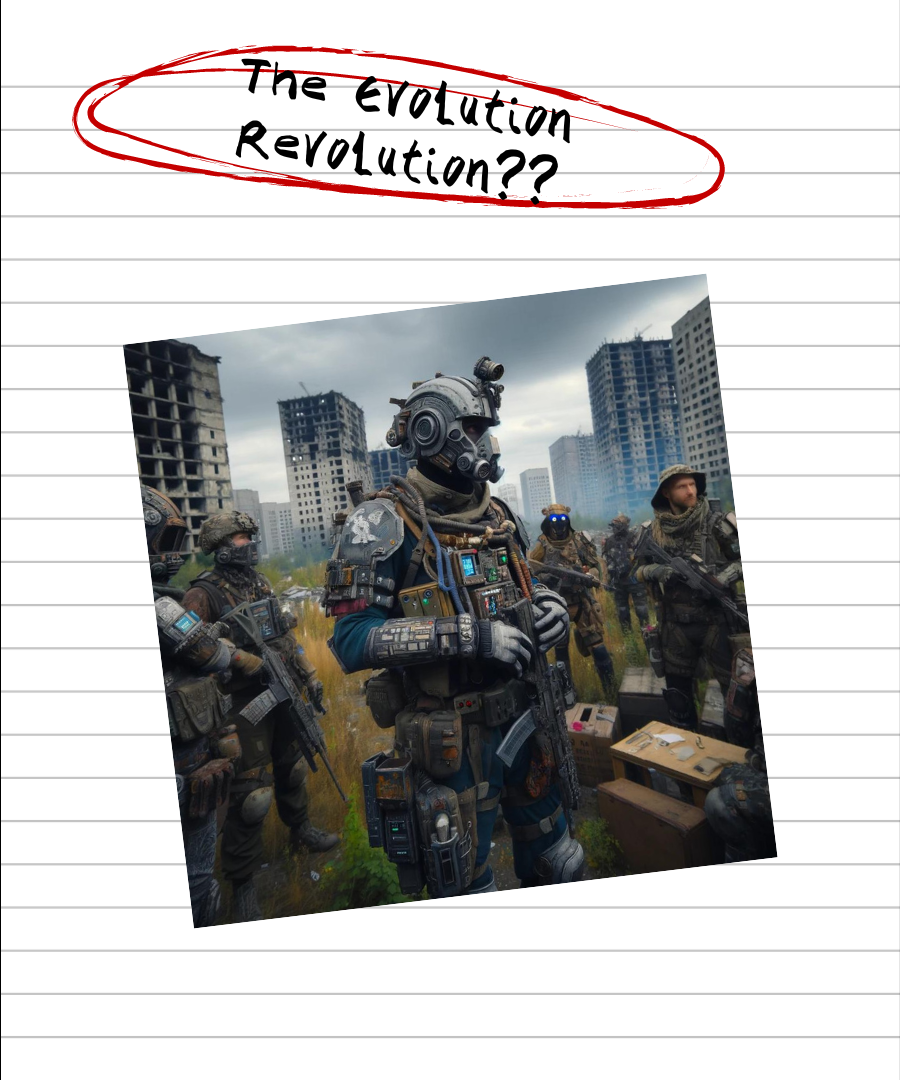LARPing Around the World: A Global Phenomenon
Live Action Role-Playing (LARP) has transcended its niche beginnings to become a global phenomenon, captivating participants with its unique blend of storytelling, improvisation, and interactive gameplay. From the enchanted forests of Europe to the bustling cities of North America, LARPing has emerged as a beloved pastime for individuals seeking adventure, community, and creative expression. In this comprehensive overview, we explore the multifaceted world of LARPing, its cultural impact, and the diverse communities it has fostered worldwide.
The Origins and Evolution of LARP
LARPing traces its roots back to the tabletop role-playing games of the 1970s, with Dungeons & Dragons being the most iconic precursor. Participants would assume the roles of knights, wizards, and other fantastical characters, embarking on imaginary quests. However, the desire to bring these narratives to life led to the birth of LARP, where players physically embody their characters in real-world settings.
The evolution of LARP has been remarkable, with the activity gaining popularity in various forms across different countries. In Scandinavia, for example, the focus is often on creating immersive, realistic experiences, sometimes referred to as "Nordic LARP." This style emphasizes emotional depth, character development, and collaborative storytelling, often eschewing complex rule systems in favor of narrative richness.
LARPing's Global Expansion
LARPing's appeal is not confined to any single region; it has become a worldwide pastime. In North America, LARP events range from high-fantasy epics to post-apocalyptic survival scenarios, attracting thousands of participants. Europe's LARP scene is equally vibrant, with countries like Germany, the UK, and Poland hosting large-scale events that draw international crowds. Asia, too, has seen a growing interest in LARPing, with countries like China and Japan developing their unique takes on the genre.
The Cultural Impact of LARP
LARPing is more than just a game; it's a powerful medium for storytelling and community building. It allows participants to explore complex themes, such as morality, identity, and social dynamics, in a controlled environment. LARPing also fosters inclusivity and diversity, providing a space where individuals from different backgrounds can come together to share in a common passion.
Educationally, LARP has been utilized as a tool for teaching history, literature, and social sciences, enabling students to experience historical events or literary narratives firsthand. Additionally, the collaborative nature of LARP encourages teamwork, communication, and problem-solving skills among participants.
LARP Communities and Networks
The growth of LARP has been facilitated by the development of strong communities and networks, both online and offline. Social media platforms, forums, and dedicated websites serve as hubs for LARP enthusiasts to exchange ideas, organize events, and share experiences. These communities are vital for the sustainability and expansion of LARPing, offering support and resources to both new and seasoned participants.
The Economic Dimension of LARP
LARPing has also become an economic activity, with a market that includes costume designers, prop makers, and event organizers. The demand for high-quality, authentic-looking gear has led to a burgeoning industry catering to LARP enthusiasts. This economic aspect underscores the activity's significance and its capacity to generate employment and business opportunities.
Challenges and the Future of LARP
Despite its growth, LARPing faces challenges such as misconceptions and stereotypes, with some viewing it as a fringe or childish pastime. Overcoming these perceptions and showcasing LARP's value as a form of art and community engagement is crucial for its continued expansion.
The future of LARP looks promising, with technological advancements like augmented reality (AR) and virtual reality (VR) offering new possibilities for immersive experiences. Integrating these technologies could elevate LARPing to unprecedented levels of realism and interactivity, attracting a broader audience.
Conclusion
LARPing has evolved from a niche hobby to a global phenomenon, offering unique experiences that bridge the gap between fantasy and reality. Its impact on culture, community, and even the economy is profound, reflecting its significance as a multifaceted activity. As LARP continues to grow and evolve, it remains a testament to the power of imagination and the universal desire for connection and adventure.
In conclusion, LARPing around the world is a vibrant, evolving, and impactful activity that transcends cultural and geographical boundaries, fostering communities, economies, and personal growth. Its future, enriched by technology and continuous community engagement, promises even greater adventures and experiences for participants worldwide.

